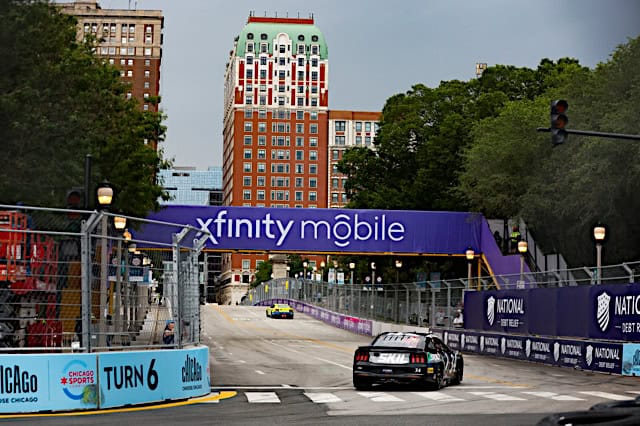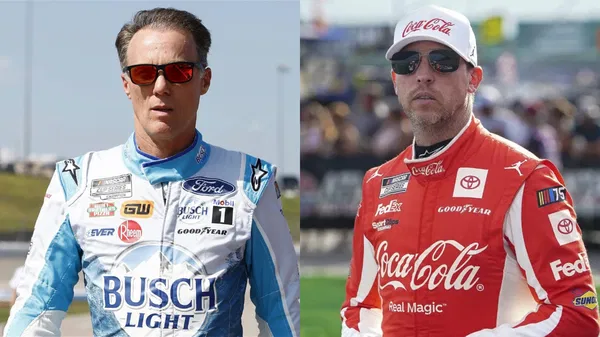
NASCAR has long been recognized for its commitment to innovation. From its early days with stock cars racing on the sands of Daytona Beach to the cutting-edge advancements in car and track design, the sport continues to evolve. Recent changes, particularly the introduction of Next Gen cars, enhanced engines, and safety features, mark a new chapter in NASCAR’s history. Let’s dive into these developments and explore the ways they’re redefining the sport, from broadcasting upgrades to new racing formats.
A Legacy of Innovation in NASCAR
To appreciate NASCAR’s latest advancements, it’s essential to understand its history of innovation. The organization itself was founded to protect drivers from dishonest sponsors and to ensure fair prize distribution. Initially, cars were true “stock” vehicles, but over time, they evolved into purpose-built machines optimized for racing.
Tracks have also undergone significant transformations. What started as races on Daytona Beach evolved into events held in sophisticated multi-purpose stadiums. Even the formation of dedicated engineering teams—something unheard of in NASCAR’s early days—can be seen as a pivotal innovation. This constant evolution reflects NASCAR’s commitment to embracing new technology and ideas.
The Introduction of New Tracks
In addition to car advancements, NASCAR is exploring new racing venues. A notable recent addition is the Chicago Street Course, introduced in 2023. Originally conceptualized as a virtual track in the 2021 eNASCAR Series, it became a reality after negotiations with then-Mayor Lori Lightfoot.
The course, which winds through Chicago’s Grant Park and major streets, starts and finishes on Columbus Drive. While the event has faced criticism from locals for disrupting traffic, it represents a bold step toward expanding the sport’s geographic footprint. Its success could inspire the development of street courses in other locations.
Next Gen Cars: A Leap Forward
The introduction of the Gen-7, or Next Gen, cars represents one of the sport’s most significant innovations. These vehicles, while standardized in many aspects, closely resemble their stock counterparts. Features such as five-speed transmissions and a lower greenhouse create uniformity, with manufacturers differentiating their cars through body design and engine performance.
Safety has also been a major focus. Since Dale Earnhardt’s tragic crash, NASCAR has prioritized driver protection. The Next Gen car incorporates advanced safety features, including:
Carbon fiber composite bodies
Crash-resistant fuel cells
Impact-absorbing bumpers
Biometric monitoring systems to track driver health
Additionally, teams utilize shaker rigs to simulate racing conditions and evaluate their cars’ durability. While some fans express concerns about parity between manufacturers, these vehicles undoubtedly represent a new era in NASCAR.
Expanding the Audience
Innovation in NASCAR extends beyond the track. To stay relevant and grow its fan base, the organization has embraced new broadcasting methods and digital platforms. In addition to traditional licensing deals with television networks, NASCAR now streams races through mobile apps and features live in-car camera feeds. Apps offering classic race footage also cater to nostalgic fans.
“We’re meeting the demands of a rapidly changing fan base and getting a lot of new people into the sport.”
— Wyatt Hicks, Vice President of NASCAR Digital
The rise of eNASCAR, an esports platform launched in 2018, is another significant development. Using the iRacing simulation game, NASCAR organizes events like the Road to Pro and International Series, engaging fans in a virtual environment. International competitions in regions like Europe, Brazil, Canada, and Mexico further expand the sport’s global reach.
—
Preparing for the Future
As technology reshapes the sport, NASCAR is also fostering the next generation of talent. Collaborations with companies like Leidos promote STEM education and highlight engineering innovations, such as the new Lunar Terrain Vehicle.
The Drive for Diversity Driver Development Program, aimed at training drivers from underrepresented backgrounds, has yielded success stories like Daniel Suárez, the first Mexican-born driver to win the NASCAR Cup Series in 2022. Meanwhile, Toyota supports initiatives like the development of motorsport photographers, ensuring every aspect of the industry benefits from fresh talent.
—
The Road Ahead
Whether through cutting-edge car designs, new tracks, or initiatives to nurture talent, NASCAR is committed to innovation. As the sport evolves, one thing remains constant: its drive to push boundaries and captivate fans worldwide.




